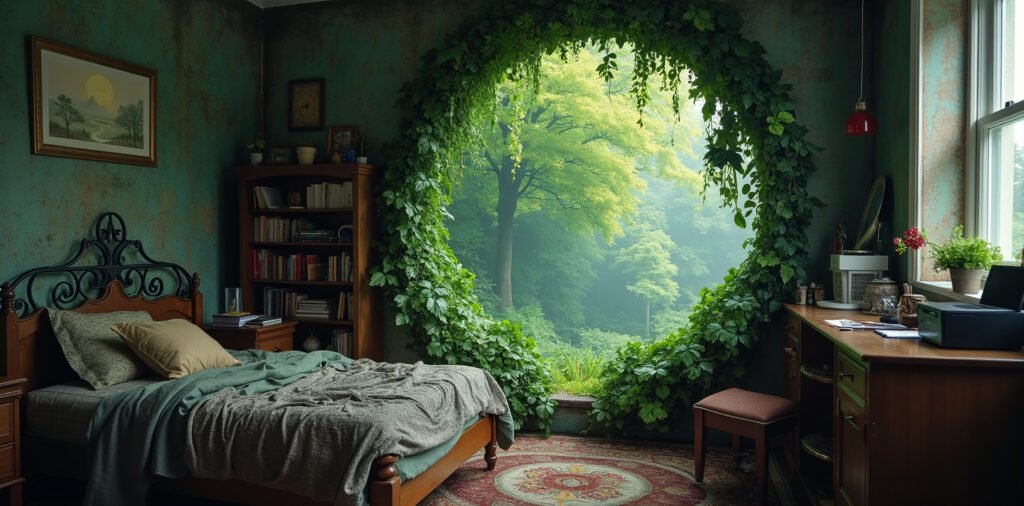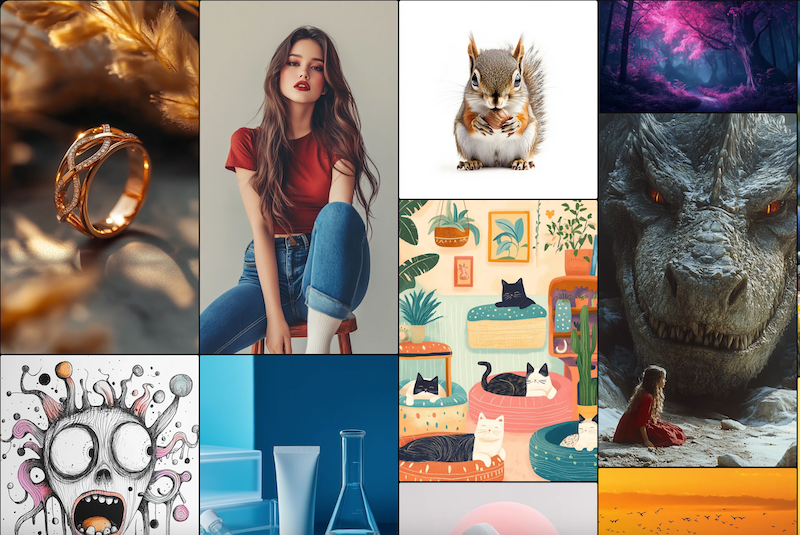The rise of AI has brought significant advancements in various fields, and image generation is no exception. AI image generators have become powerful tools for artists, designers, and creators, enabling them to produce stunning visuals with minimal effort. In this article, we’ll explore how AI image generators work, introduce you to the top three generators — Midjourney, Stable Diffusion, and FLUX.1 — and provide a detailed overview of each tool.
How AI Image Generators Work
AI image generators operate on deep learning algorithms, primarily utilizing neural networks to convert text prompts into images. These models are trained on massive datasets containing images and their corresponding textual descriptions. The process involves several steps:
- Training: The AI model is trained on a dataset of images paired with text descriptions. Through this process, the model learns to associate specific words and phrases with visual elements.
- Text Encoding: When a user inputs a text prompt, the model encodes the text into a format that it can understand, often using a technique called word embedding.
- Image Generation: The model uses the encoded text to generate an image by progressively refining it. This is often done through techniques like GANs (Generative Adversarial Networks) or diffusion models, where the image starts as random noise and is iteratively refined based on the text prompt.
- Output: The final image is produced after multiple iterations, capturing the elements described in the text prompt with varying degrees of accuracy and creativity, depending on the model’s sophistication.
You can find more information in our article: How AI Image Generators Work.
Top 3 AI Image Generators
Now that we understand the basics of how AI image generators work, let’s delve into the top three generators that are leading the market: Midjourney, Stable Diffusion, and FLUX.1.
1. Midjourney
Midjourney is a popular AI image generator known for its artistic flair and ease of use. It allows users to create unique and stylized images based on text prompts. Midjourney is often praised for its ability to produce visually appealing and imaginative results, making it a favorite among digital artists and creatives.
- Strengths: Midjourney excels at producing stylized images with a high level of detail and creativity. Its user-friendly interface makes it accessible to both beginners and professionals.
- Use Cases: Midjourney is ideal for creating artwork, illustrations, and concept designs. Its flexibility allows users to experiment with different styles and themes.

2. Stable Diffusion
Stable Diffusion is another prominent AI image generator that has gained traction for its open-source nature and high-quality outputs. It is based on diffusion models, which are known for their ability to generate highly detailed images by refining random noise into coherent visuals.
- Strengths: Stable Diffusion stands out for its versatility and customization options. Users can fine-tune the model to suit their specific needs, making it suitable for a wide range of applications.
- Use Cases: Stable Diffusion is commonly used in commercial projects, digital art creation, and content generation. Its adaptability makes it a valuable tool for professionals across various industries.

3. FLUX.1
Developed by BlackForestLabs, FLUX.1 is a cutting-edge suite of text-to-image models that set a new standard in image generation. FLUX.1 is designed to excel in image detail, prompt adherence, style diversity, and scene complexity, offering three distinct variants to cater to different needs:
- FLUX.1 [pro]: This variant represents the pinnacle of FLUX.1’s capabilities, delivering state-of-the-art performance in image generation. It offers top-of-the-line prompt adherence, visual quality, and output diversity. Users can access FLUX.1 [pro] via an API, with availability on platforms like Replicate and Fal.ai. It’s also available for enterprise solutions, ensuring scalability for larger projects.
- FLUX.1 [dev]: Tailored for non-commercial applications, FLUX.1 [dev] is an open-weight, guidance-distilled model derived from FLUX.1 [pro]. It maintains high-quality output while being more efficient, making it ideal for developers and researchers. The model’s weights are accessible on HuggingFace, and it can be used directly on Replicate or Fal.ai.
- FLUX.1 [schnell]: As the fastest model in the suite, FLUX.1 [schnell] is optimized for local development and personal use. It is openly available under an Apache 2.0 license, with weights and inference code available on Hugging Face and GitHub. FLUX.1 [schnell] is also integrated with ComfyUI, making it a versatile option for quick and efficient image generation.

FLUX.1 GitHub repo: https://github.com/black-forest-labs/flux
Conclusion
AI image generators like Midjourney, Stable Diffusion, and FLUX.1 are revolutionizing the way we create visual content. Each tool offers unique features and capabilities, catering to different needs and preferences. Whether you’re an artist looking for inspiration, a developer building a project, or a business seeking scalable solutions, these AI image generators provide powerful tools to bring your creative visions to life.
Read related articles:
